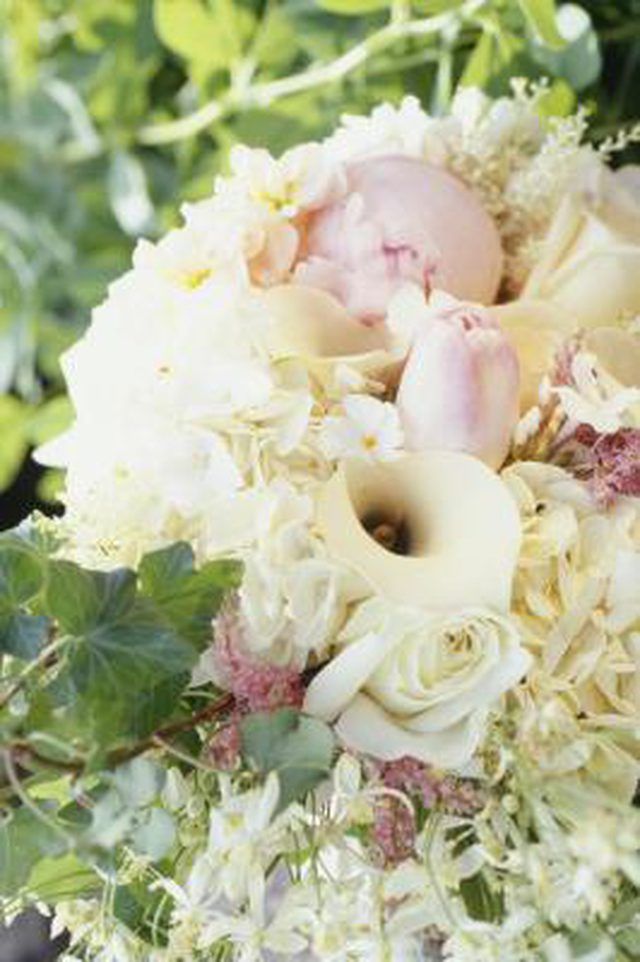Bulbs
Flower Basics
Flower Beds & Specialty Gardens
Flower Garden
Garden Furniture
Garden Gnomes
Garden Seeds
Garden Sheds
Garden Statues
Garden Tools & Supplies
Gardening Basics
Green & Organic
Groundcovers & Vines
Growing Annuals
Growing Basil
Growing Beans
Growing Berries
Growing Blueberries
Growing Cactus
Growing Corn
Growing Cotton
Growing Edibles
Growing Flowers
Growing Garlic
Growing Grapes
Growing Grass
Growing Herbs
Growing Jasmine
Growing Mint
Growing Mushrooms
Orchids
Growing Peanuts
Growing Perennials
Growing Plants
Growing Rosemary
Growing Roses
Growing Strawberries
Growing Sunflowers
Growing Thyme
Growing Tomatoes
Growing Tulips
Growing Vegetables
Herb Basics
Herb Garden
Indoor Growing
Landscaping Basics
Landscaping Patios
Landscaping Plants
Landscaping Shrubs
Landscaping Trees
Landscaping Walks & Pathways
Lawn Basics
Lawn Maintenance
Lawn Mowers
Lawn Ornaments
Lawn Planting
Lawn Tools
Outdoor Growing
Overall Landscape Planning
Pests, Weeds & Problems
Plant Basics
Rock Garden
Rose Garden
Shrubs
Soil
Specialty Gardens
Trees
Vegetable Garden
Yard Maintenance
How to Care for Stephanotis
How to Care for Stephanotis. With its cascading blooms of white flowers framed by glossy, dark green leaves, stephanotis (Stephanotis floribunda) is also commonly called the bridal or wedding plant. In fact, the showy, fragrant flowers are commonly prized by florists and are often used in flower arrangements at weddings.But you don't have to get...

With its cascading blooms of white flowers framed by glossy, dark green leaves, stephanotis (Stephanotis floribunda) is also commonly called the bridal or wedding plant. In fact, the showy, fragrant flowers are commonly prized by florists and are often used in flower arrangements at weddings.But you don't have to get married to enjoy this attractive vine; stephanotis thrives outdoors year-round in tropical climates and as a container plant overwintered indoors elsewhere.
Consider the Climate
Home gardeners who live in U.S. Department of Agriculture plant hardiness zone 12 can plant stephanotis in the ground and grow it outdoors year-round. Native to tropical Madagascar, the vine will grow to a maximum average height of 20 feet when cared for properly. Fortunately, it also grows quite well in a container and can be cultivated as a houseplant in cooler climates. That doesn't mean the plant has to spend its entire life indoors, however. Home gardeners can bring the plant outdoors during the summer months as long as temperatures do not dip below 59 degrees Fahrenheit.
In the Garden
Stephanotis in the garden grows best in rich but well-drained soil. It thrives in full sun or part shade, but blooms best when given more light. Six or more hours of sunlight is ideal for in-ground plants. If you can locate the roots in the shade but expose much of the rest of the vine to sunlight, that would be ideal. Stephanotis also prefers soil on the moist side but never waterlogged. Water enough to keep the soil moist during the summer months, but reduce water in the fall and stop watering in the winter. The plant should be fine with just rainfall during its dormant period. Surround your outdoor plant with a 3-inch layer of organic mulch, but don't let it touch the main stem. This will help the soil retain water and stifle weed growth. Provide the vine with a trellis or other support structure to climb on.
Cascading From A Container
Stephanotis grow well in containers. They can limit the size of the plant and make it easy to move the plant indoors or to a greenhouse when cold weather threatens or at the end of summer. Containers housing stephanotis should have drainage holes to allow the soil to drain well and be filled with rich, light soil. A trellis cage will allow the vine to climb and add vertical interest. Locate the container in full sunlight and water it enough during the summer so the soil is continually moist. In the winter, the soil should be allowed to dry to an inch or two between waterings.
In Your Home
Indoor stephanotis plants are usually much shorter than their outdoor counterparts. They thrive in pots or hanging baskets that have holes in the base to provide good drainage and in rich potting soil. Indoor temperatures should hover around 70 degrees Fahrenheit during the day with a drop of about 10 degrees at night.
Place indoor potted plants near a sunny window where they will be exposed to morning sunlight but protected somewhat from afternoon sunlight, as hot, direct sunlight can burn the plant's leaves. They should also be protected from cold drafts. Water enough to keep the soil moist but not waterlogged during the growing season, but let your stephanotis dry out a bit between waterings during fall and winter. Indoor plants may benefit from a nearby humidifier or from being placed on a shallow tray filled with pebbles and a small amount of water. Mealy bugs and scale sometimes are problematic to indoor stephanotis plants. Dissolve 2 teaspoons of a mild dish detergent into one gallon of water and wash the plant thoroughly to remove the insects. Use a toothbrush to remove any lingering scale insects.
Fertilizing Stephanotis
Indoors or outdoors, container or in-ground, stephanotis plants benefit from a little fertilizer during the growing season. Use a balanced, slow-release, all-purpose water-soluble fertilizer designed for flowering plants. The instructions will vary depending on the brand, but in general, mix 1 teaspoon of fertilizer for each gallon of water used. Use this mixture to water the plant once a week. Reduce this amount to 1/2 teaspoon for every gallon of water for indoor plants.
Pruning Stephanotis
In early spring, prune to control for size if you wish, and to remove dead or diseased growth. Dip sharp pruning shears in bleach to sterilize between each cut, and cut above pairs of alternate leaves.